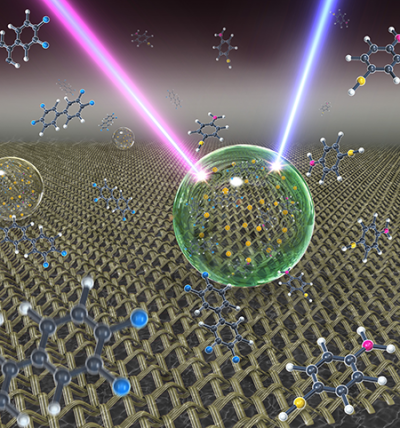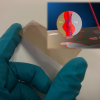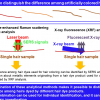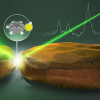
A technique to combine the ultra-sensitivity of surface enhanced Raman scattering (SERS) with a slippery surface invented by researchers at Pennsylvania State University, University Park, PA, USA, will make it feasible to detect single molecules of a number of chemical and biological species from gaseous, liquid or solid samples. This combination of slippery surface and Raman spectroscopy may open new applications in analytical chemistry, molecular diagnostics, environmental monitoring and national security.
The researchers, led by Tak-Sing Wong, assistant professor of mechanical engineering, call their invention SLIPSERS, which is a combination of Wong’s slippery liquid-infused porous surfaces (SLIPS), which is a biologically inspired surface based on the Asian pitcher plant, and surface-enhanced Raman spectroscopy (SERS).
“We have been trying to develop a sensor platform that allows us to detect chemicals or biomolecules at a single molecule level whether they are dispersed in air, liquid phase or bound to a solid,” Wong said. “Being able to identify a single molecule is already very difficult. Being able to detect those molecules in all three phases, that is really challenging.”
Wong developed SLIPS as a post-doctoral researcher at Harvard University. SLIPS is composed of a surface coated with regular arrays of nanoscale posts infused with a liquid lubricant that does not mix with other liquids. The small spacing of the nanoposts traps the liquid between the posts and the result is a slippery surface that nothing adheres to.
“The problem,” Wong said, “is that trying to find a few molecules in a liquid medium is like trying to find a needle in a haystack. But if we can develop a process to gradually shrink the size of this liquid volume, we can get a better signal. To do that we need a surface that allows the liquid to evaporate uniformly until it gets to the micro or nanoscale. Other surfaces can’t do that, and that is where SLIPS comes in.”
If a droplet of liquid is placed on any normal surface, it will begin to shrink from the top down. When the liquid evaporates, the target molecules are left in random configurations with weak signals. But if all the molecules can be clustered among the gold nanoparticles, they will produce a very strong Raman signal.
Shikuan Yang explained: “First we need to use noble metal nanoparticles, like gold. And then we have to assemble them so they make nanoscale gaps between the particles, called SERS “hot spots”. If we have a laser with the right wavelength, the electrons will oscillate and a strong magnetic field will form in the gap area. This gives us very strong SERS signals of the molecules located within the gaps.”
Although there are other techniques that allow researchers to concentrate molecules on a surface, those techniques mostly work with water as the medium. SLIPS can be used with any organic liquids.
“Our technique opens up larger possibilities for people to use other types of solvents to do single molecule SERS detection, such as environmental detection in soil samples. If you can only use water, that is very limiting,” Yang said. “In biology, researchers might want to detect a single base pair mismatch in DNA. Our platform will give them that sensitivity.”
One of the next steps will be to detect biomarkers in blood for disease diagnosis at the very early stages of cancer when the disease is more easily treatable.
“We have detected a common protein, but haven’t detected cancer yet,” Yang said.
The research is reported in PNAS.





